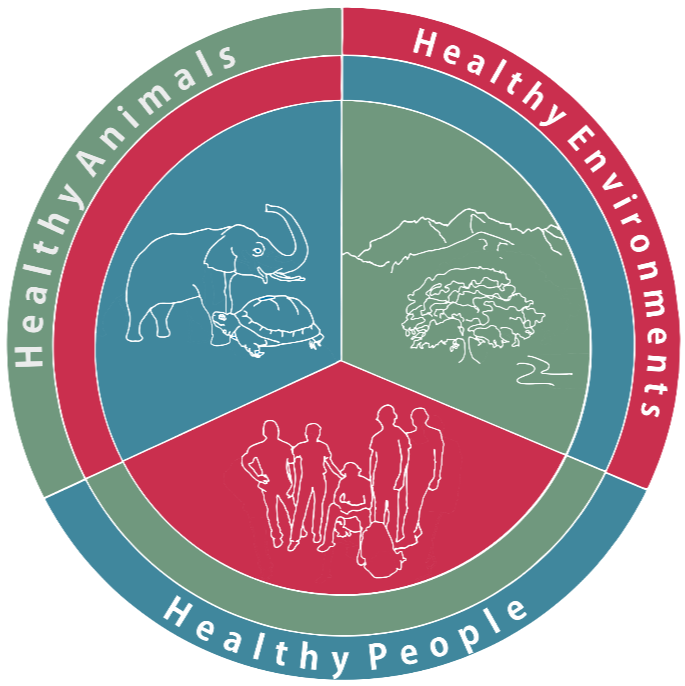What did we learn in 2020?
If there is one single truth that 2020 has uncovered, it is that human health is dependent on animal health in both big and small ways. And, if we fail to accept this truth we do so at our own peril. (Okay that is two truths.) If we want to be sure that the current pandemic lifestyle does not become the new normal, we must change our relationships with other species. Period! We must make this change if we hope to solve the challenges of the 21st century, all of which have been evident in 2020—a year that has been so much more than just the year of a pandemic. A few of the many challenges we face today include emerging infectious diseases (EIDs) in humans, animals, and plants (think COVID-19 in humans, white nose syndrome in bats, and chestnut blight in trees), climate change and associated impacts (think of the Australian wildfires and over one billion animals dead as a result of the fires), plastic pollution and its impact on animals and humans and entire environments (remember the Pacific garbage patch?), to the loss of biodiversity and even civil unrest as we consciously or subconsciously realize the extent of these human created harms threatening our collective future.
The One Health approach will help prevent pandemics
Now more than ever, we need a One Health approach to find the solutions to these global crises. This approach is based on an appreciation that the health of all life is interconnected. The health of human and non-human animals, plants, and the ecosystems that sustain us all, are completely dependent on one another. Through a One Health lens, we may work better to ensure human public health, wildlife conservation, domestic animal health and welfare, and environmental resilience.
The COVID-19 pandemic has made it all too clear that human health depends on healthy animal populations; and most importantly, that we must respect wildlife species if we want to prevent spillover of viruses from wildlife to humans. In a recent article (One Health approach) we write on how all scientific evidence points to SARS-CoV-2, the causative virus of COVID-19, finding its way into the human population through the current practice of live animal Wet markets. We (the humans!) created the pathway (bat to pangolin to human as one possible route) that allowed SARS-CoV-2 to emerge as a highly human adapted virus that can now pass person to person to person. However, just as humans created the environment that allowed COVID-19 to become the global crisis it is today, we humans have the capability to prevent the next pandemic from getting started. In the article, we offer the diverse disciplines that may help us prevent a single pathogenic organism from causing a human pandemic.
The wildlife trade must change
One means we have to prevent the next pandemic is to stop the illegal trade in wildlife. We need internationally mandated practices, agreements, and laws to stop this trade. We also need to answer the most pressing question of our time—how may we safely feed 7.8 billion humans (and counting) without killing the planet?
COVID-19 has provided us the wake-up call that asks us to work together to find solutions that will help get past this pandemic and to help prevent the next one. It is a wake-up call for One Health. Let’s hope we hear the call and it motivates a global One Health effort that allows us to create a future in which 2021 is the year of healing. After 2020 and a year full of so many planetary ills, One Health may be just what the doctor ordered.
Citation:
Deem, S.L., and Brenn- White, M. 2020. One Health – the Key to Preventing COVID-19 from Becoming the New Normal. Molecular Frontiers Journal. https://www.worldscientific.com/doi/pdf/10.1142/S2529732520400039



